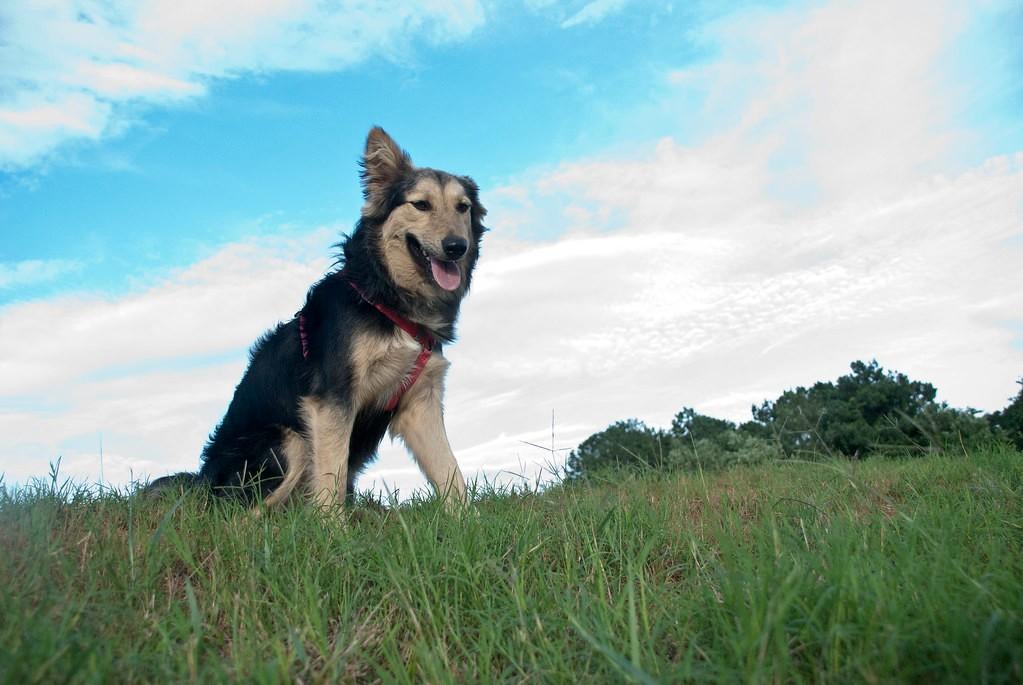How to Train Your Dog to Sit: The Best Treats to Use
Training your dog to sit is one of the most essential commands that is “How to Train Your Dog to Sit” and one that every dog owner should prioritize. This foundational skill not only establishes discipline but also enhances your pet’s behavior management, ensuring a more harmonious living environment.
Understanding the Sit Command
Why Teach ‘Sit’?
Teaching your dog to sit goes beyond basic obedience. It’s a command that anchors other aspects of their training, leading to improved impulse control and safety. Imagine you’re walking your dog and encounter a sudden danger—issuing a “sit” command can prevent potential accidents. According to the American Kennel Club, this command is among the first every dog should learn.
The Psychology Behind Training
Dogs, much like humans, thrive on positive reinforcement. This involves rewarding desired behaviors to encourage them. Patience is key in this process. Understanding the psychology behind training can make a substantial difference in your approach.
A Comprehensive Guide to Sitting Training for Dogs
Gathering Supplies
Before you begin, gather the essentials:
- Treats: Choose something your dog finds irresistible.
- Clicker: A tool often used for signaling that a behavior is correct.
- Leash: Useful for keeping control during training sessions.
Refer to Chewy’s guide for more detailed information on choosing the right supplies.

Setting the Scene
Opt for a calm environment, free from distractions. Like humans, dogs can become easily distracted, and a quiet space can increase their focus.
The Training Process
- Get your dog’s attention: Hold a treat near their nose.
- Command and gesture: Slowly move the treat above their head as you say “sit”. This movement naturally leads them to sit.
- Reward immediately: As soon as your dog sits, offer the treat with praise. This reinforces the behavior.
For a comprehensive look, see Purina’s training article.
Common Challenges and Solutions
Problem: Your dog doesn’t respond to the command.
- Solution: Increase the value of the reward or practice in a more secluded area.
Problem: Your dog gets distracted easily.
- Solution: Shorten your training sessions and gradually increase their length. Resources like Rover provide techniques for handling distractions.
Reinforcing the Sit Command
Consistent Practice
Regularly practice the sit command to engrain the behavior. Short, frequent sessions are more effective than infrequent, longer ones.
Gradual Increase in Difficulty
Once your dog consistently sits on command, begin introducing mild distractions. You can also lengthen the time they hold the sit command before receiving a reward.
Using ‘Sit’ in Everyday Situations
Incorporate the “sit” command into daily routines. When guests come or before meals, for instance, ask your dog to sit. Combining the sit command with other commands can further reinforce their training.
Check out RSPCA’s training tips for integrating commands into daily activities.
Overview
Teaching your dog to sit requires time, consistency, and positive reinforcement. These elements are key to successful dog training. Embrace the process and watch your bond with your dog grow stronger, leading to a well-behaved pet and a happier household. Remember, the journey of training is as rewarding as the outcome.


